Home>Ideas and Tips>How to Choose and Install the Right Bathroom Fan with a Motion Sensor
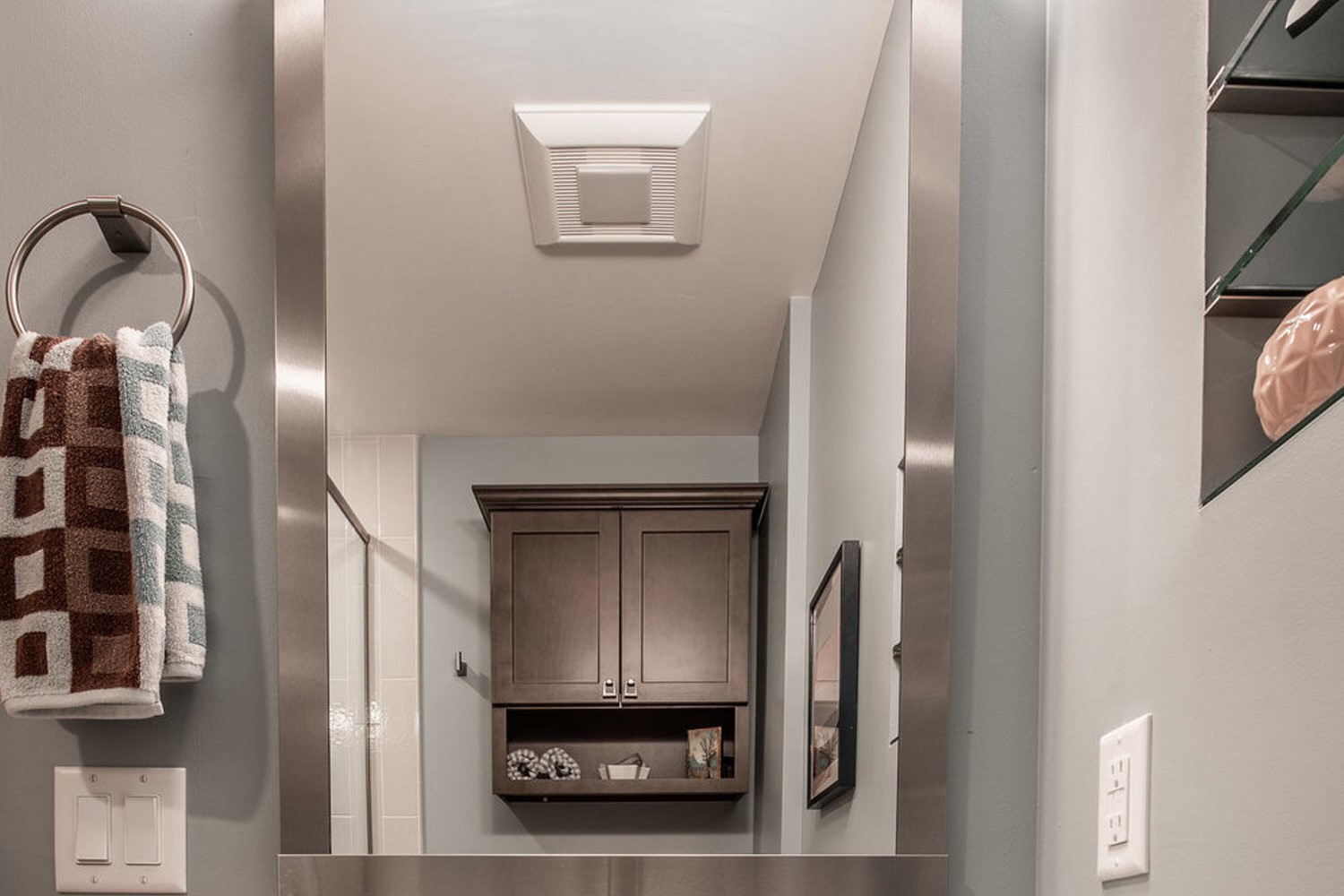

Ideas and Tips
How to Choose and Install the Right Bathroom Fan with a Motion Sensor
Modified: October 28, 2024
Learn how to choose and install the perfect bathroom fan with motion sensor technology for a comfortable, efficient, and stylish bathroom environment.
(Many of the links in this article redirect to a specific reviewed product. Your purchase of these products through affiliate links helps to generate commission for Storables.com, at no extra cost. Learn more)
Choosing the right bathroom fan is crucial for maintaining a comfortable and healthy environment in your home. Bathroom fans not only remove moisture and odors but also contribute to the overall aesthetic appeal of the space. With the advent of motion sensor technology, these fans have become even more efficient and convenient. In this article, we will guide you through the process of selecting and installing the perfect bathroom fan with a motion sensor.
Understanding Bathroom Fans
Before diving into the specifics of motion sensor fans, it's essential to understand the basic components and functions of a standard bathroom fan. A typical bathroom fan consists of:
- Fan Motor: This is the heart of the fan, responsible for creating airflow.
- Ducting: Flexible or rigid ducts that connect the fan to the outside vent.
- Grille: The cover that houses the fan blades and allows for airflow.
- Control Switch: A switch or remote control that turns the fan on and off.
Types of Bathroom Fans
There are several types of bathroom fans available, each with its own set of features and benefits:
- Surface Mount Fans: These are the most common type, mounted directly to the ceiling.
- Remote Mount Fans: These fans have the motor located in a remote area, such as an attic or closet, and use ducting to connect to the grille.
- Exterior Mount Fans: These fans are mounted directly to an exterior wall, eliminating the need for ducting.
- Inline Fans: These fans are installed in-line with the ducting, often used in retrofit applications where space is limited.
Choosing the Right Bathroom Fan
When selecting a bathroom fan, consider the following factors:
- CFM (Cubic Feet per Minute): This measures the fan's airflow capacity. For small bathrooms, a fan with a CFM rating of 50-70 is sufficient. Larger bathrooms may require higher CFM ratings.
- Noise Level: Look for fans with low decibel ratings if you prefer a quieter environment.
- Energy Efficiency: Energy Star-rated fans are more environmentally friendly and can save you money on your utility bills.
- Design and Aesthetics: Choose a fan that complements your bathroom's design, including color, style, and grille size.
Motion Sensor Technology
Motion sensor technology has revolutionized bathroom fans by making them more efficient and convenient. Here are some key features to look for in a motion sensor bathroom fan:
- Sensitivity: Ensure the fan is sensitive enough to detect movement but not so sensitive that it turns on unnecessarily.
- Detection Range: Check the range of detection to ensure it covers the entire bathroom area.
- Timer Function: Some motion sensor fans come with a timer function, allowing you to set the fan to turn off after a certain period.
- Adjustable Sensitivity: Some models allow you to adjust the sensitivity level, which can be useful if you have pets or prefer a more subtle detection.
Installing a Bathroom Fan
Installing a bathroom fan is a relatively straightforward process, but it does require some basic DIY skills and tools. Here’s a step-by-step guide:
- Turn Off Power: Before starting the installation, switch off the power supply to the bathroom at the main electrical panel.
- Remove Old Fan: If you’re replacing an old fan, remove it carefully to avoid damaging the ceiling or walls.
- Measure and Mark: Measure the area where you plan to install the new fan and mark it with a pencil.
- Drill Holes: Use a drill to create holes for the screws that will hold the fan in place.
- Mount Fan: Mount the fan grille securely to the ceiling using screws or clips provided with the fan.
- Connect Ducting: Connect the flexible or rigid ducting to the fan motor and ensure it’s securely attached.
- Vent Outside: Ensure that the ducting is properly vented outside through a sidewall or roof, following local building codes and regulations.
- Test Fan: Turn on the power supply and test the fan to ensure it’s working correctly and efficiently.
Tips for Installation
Here are some additional tips to consider during installation:
- Use Insulated Ducting: Insulated ducting helps reduce noise and prevents condensation buildup in the ducts.
- Avoid Attic Venting: Avoid venting the fan into an attic or soffit as this can lead to moisture accumulation and potential structural issues.
- Secure Ducting: Ensure that all ducting connections are secure to prevent leaks or damage.
- Check Local Codes: Always check local building codes and regulations regarding bathroom fan installation.
Maintenance and Troubleshooting
Regular maintenance is crucial for ensuring your bathroom fan operates efficiently. Here are some tips for maintenance and troubleshooting:
- Clean Grille: Regularly clean the grille to prevent dust buildup and ensure proper airflow.
- Check Ducting: Inspect the ducting for any signs of damage or blockages.
- Replace Filters: If your fan has filters, replace them as recommended by the manufacturer.
- Check for Leaks: Ensure there are no leaks in the ducting or connections.
Common Issues and Solutions
Here are some common issues you might encounter with your bathroom fan and their solutions:
- Fan Not Turning On: Check if the power supply is turned on and if the fan is properly connected to the electrical outlet.
- Fan Making Noise: Check if the fan blades are loose or if there are any blockages in the ducting.
- Moisture Accumulation: Ensure that the ducting is properly insulated and vented outside to prevent moisture accumulation.
Conclusion
Choosing and installing the right bathroom fan with motion sensor technology can significantly enhance your bathroom's comfort and hygiene. By considering factors such as CFM, noise level, energy efficiency, and design aesthetics, you can select a fan that meets your needs. Additionally, following proper installation and maintenance tips will ensure your fan operates efficiently and effectively. With these guidelines, you'll be able to create a well-ventilated and stylish bathroom that you'll enjoy for years to come.
Additional Resources
For more detailed information on bathroom fan installation and maintenance, consider the following resources:
- Ask This Old House: A comprehensive guide on how to choose and install a bathroom exhaust fan, including tips on new technology and best practices.
- Fantech Blog: A quick guide on selecting the right bathroom exhaust fan for various applications, including silent and fool-proof ventilation solutions.
- Local Building Codes: Always refer to local building codes and regulations for specific requirements regarding bathroom fan installation.
By following these steps and tips, you'll be well-equipped to choose and install the perfect bathroom fan with motion sensor technology, ensuring a comfortable and healthy bathroom environment for years to come.
Was this page helpful?
At Storables.com, we guarantee accurate and reliable information. Our content, validated by Expert Board Contributors, is crafted following stringent Editorial Policies. We're committed to providing you with well-researched, expert-backed insights for all your informational needs.
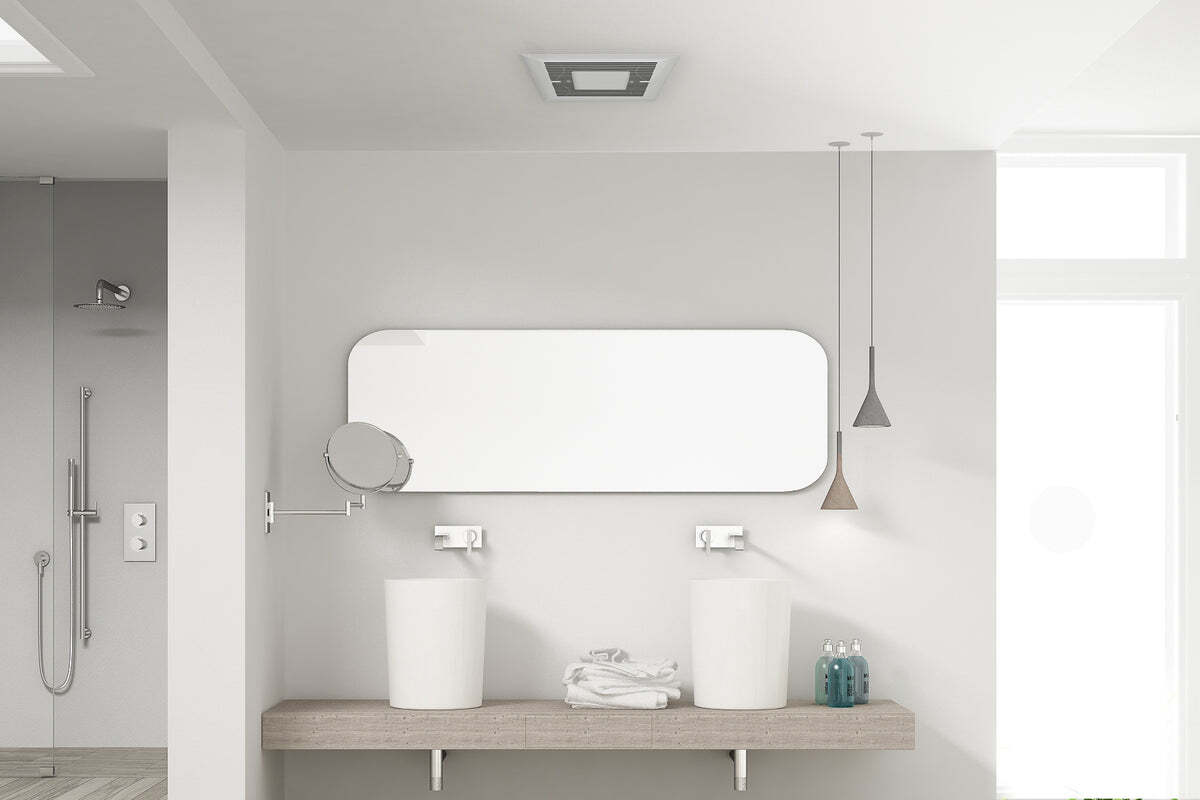
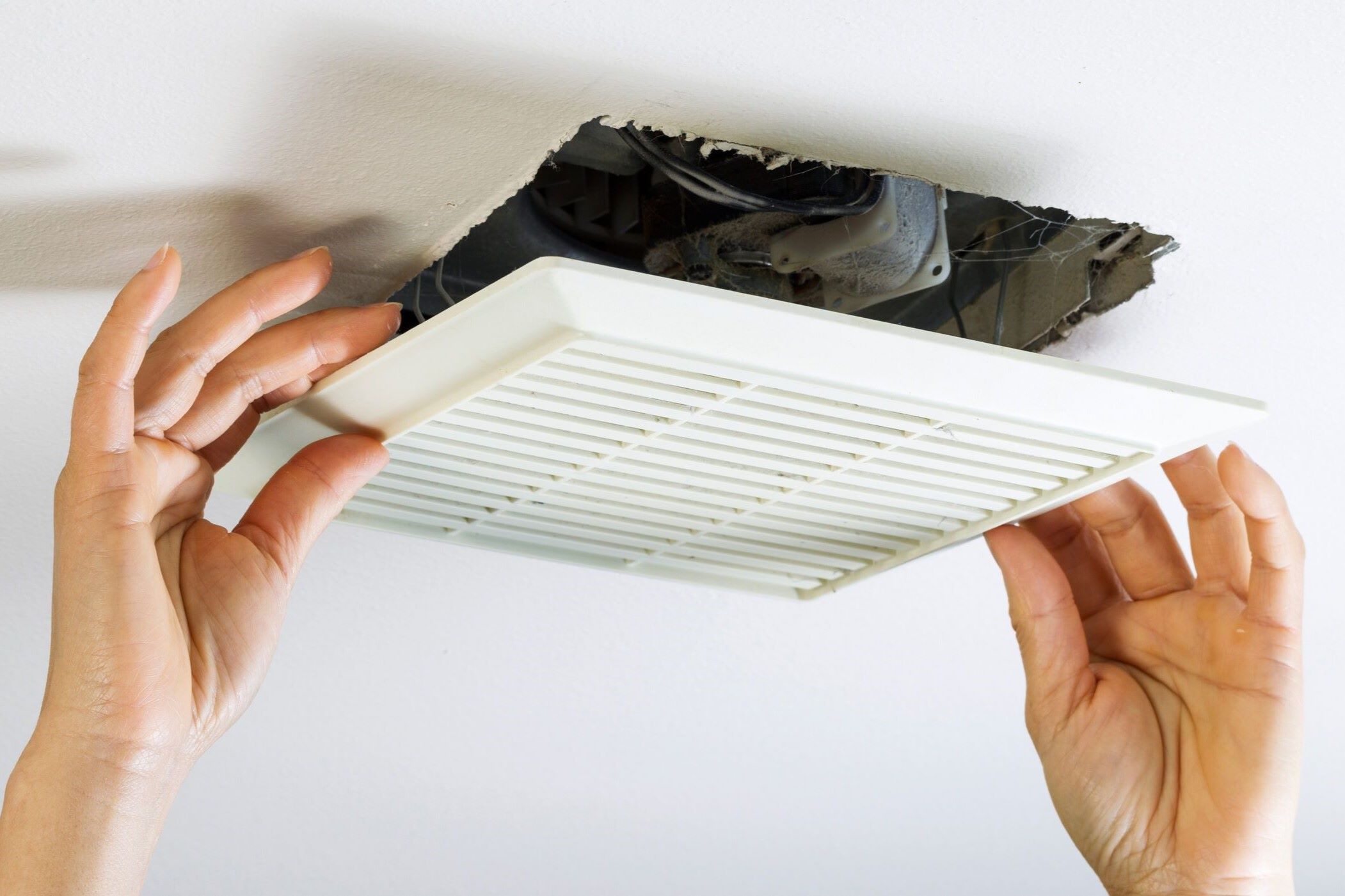
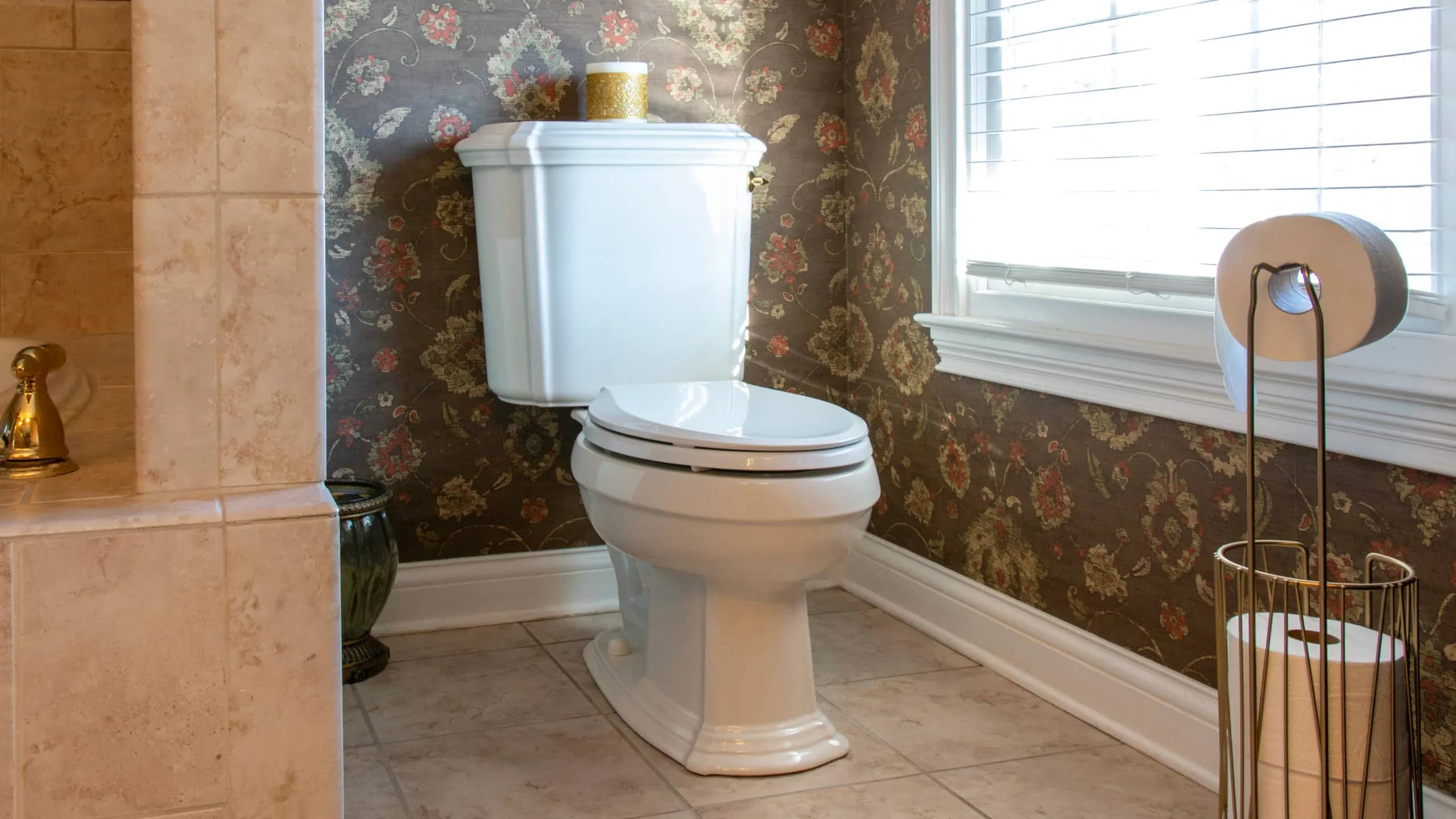

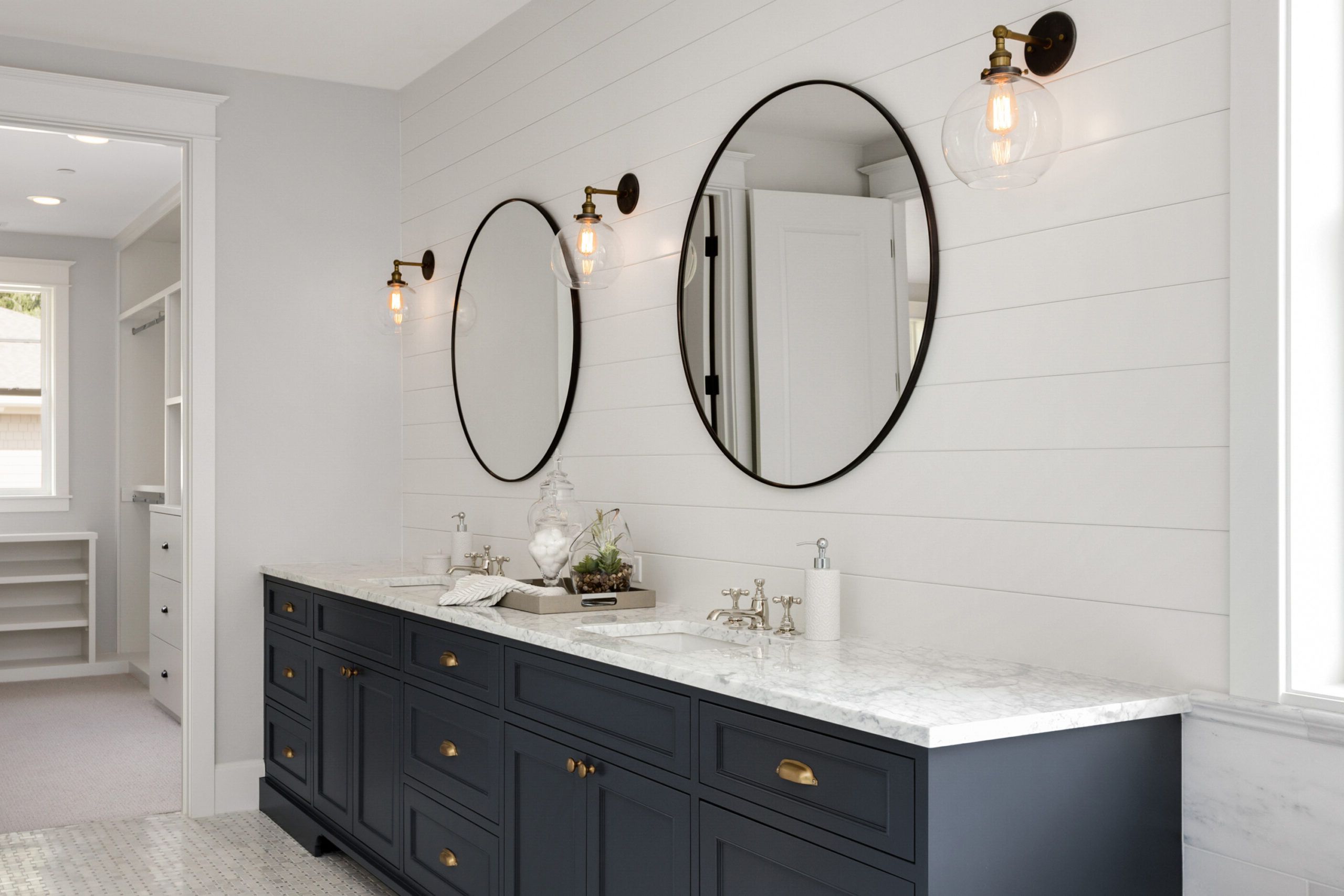
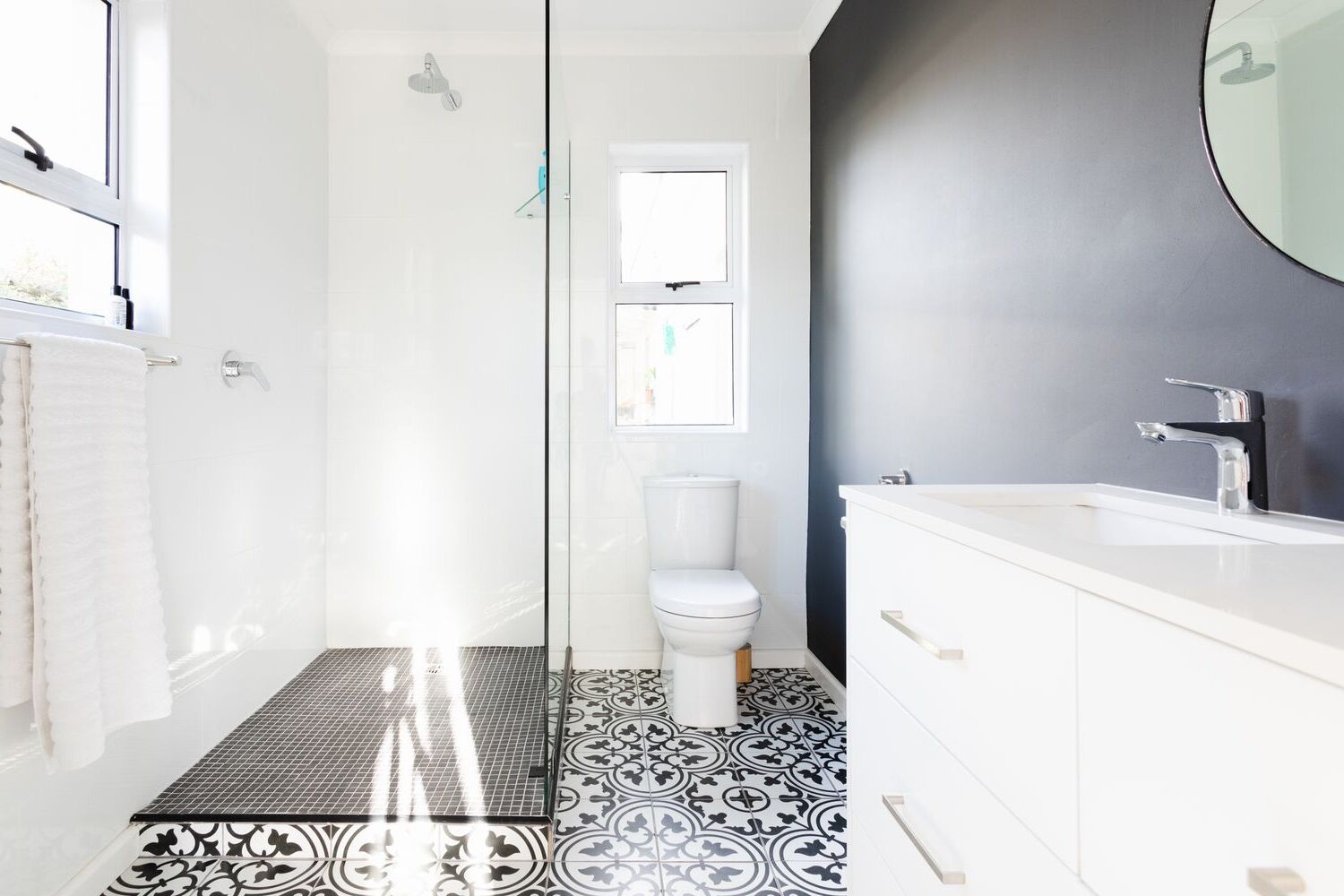
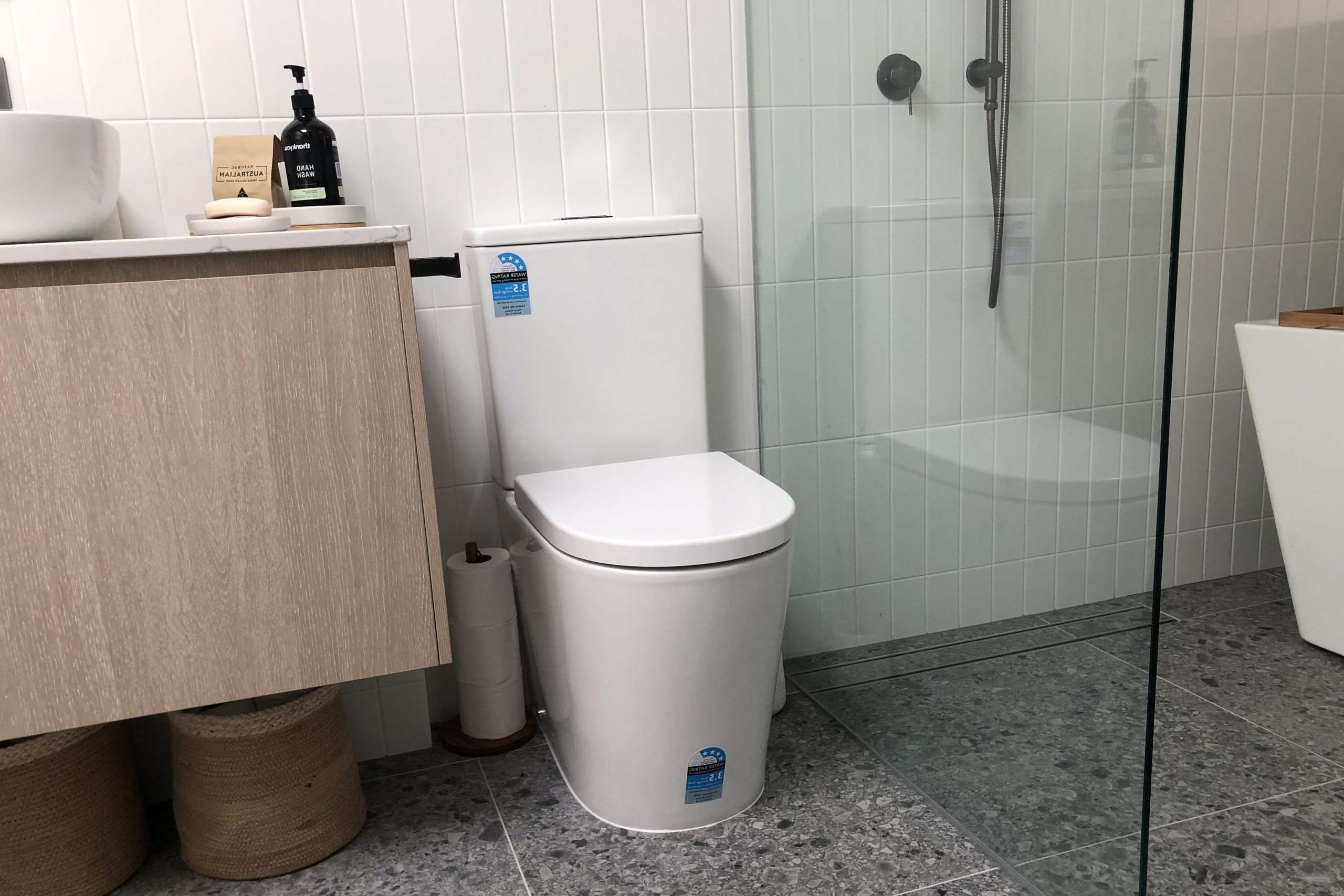



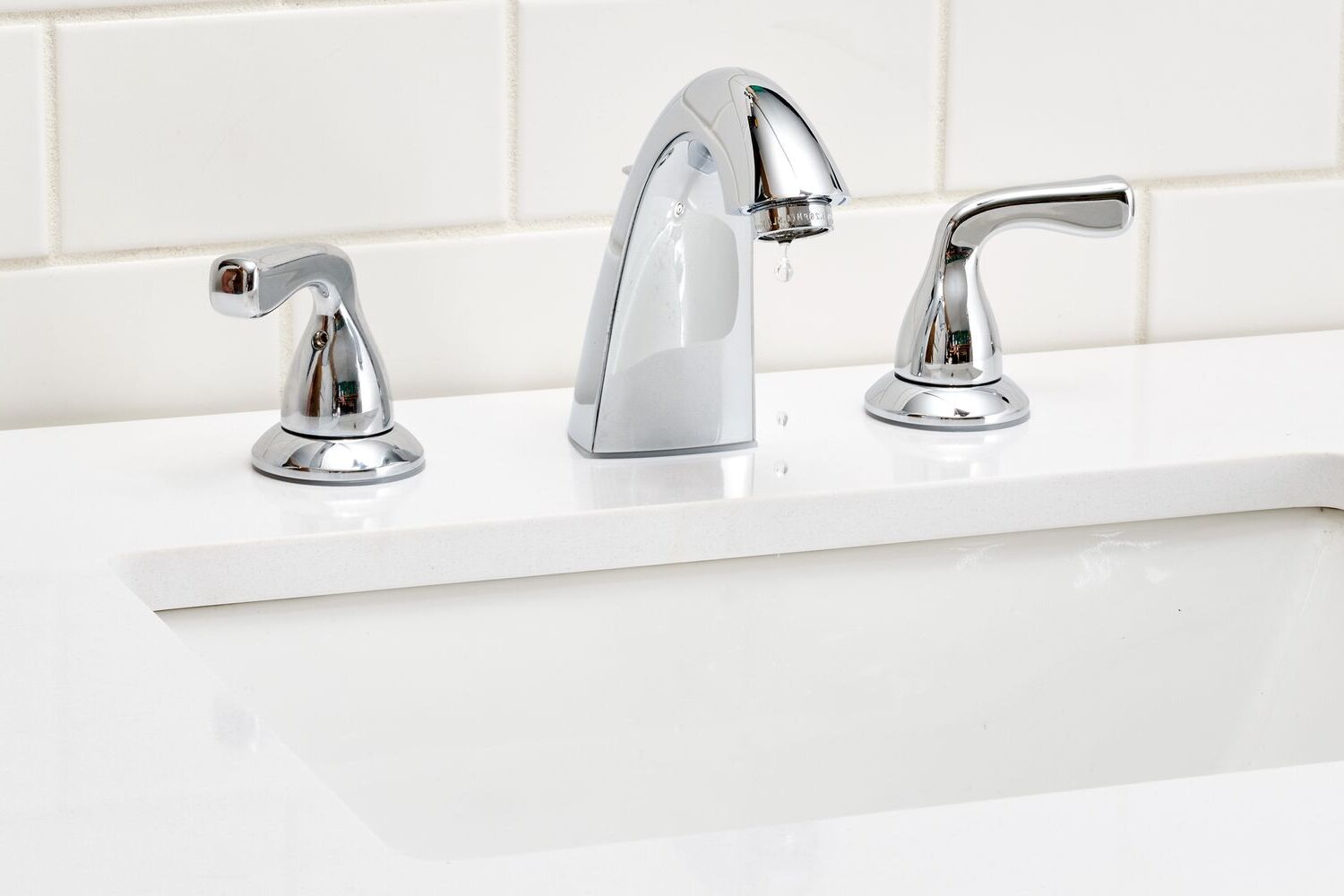
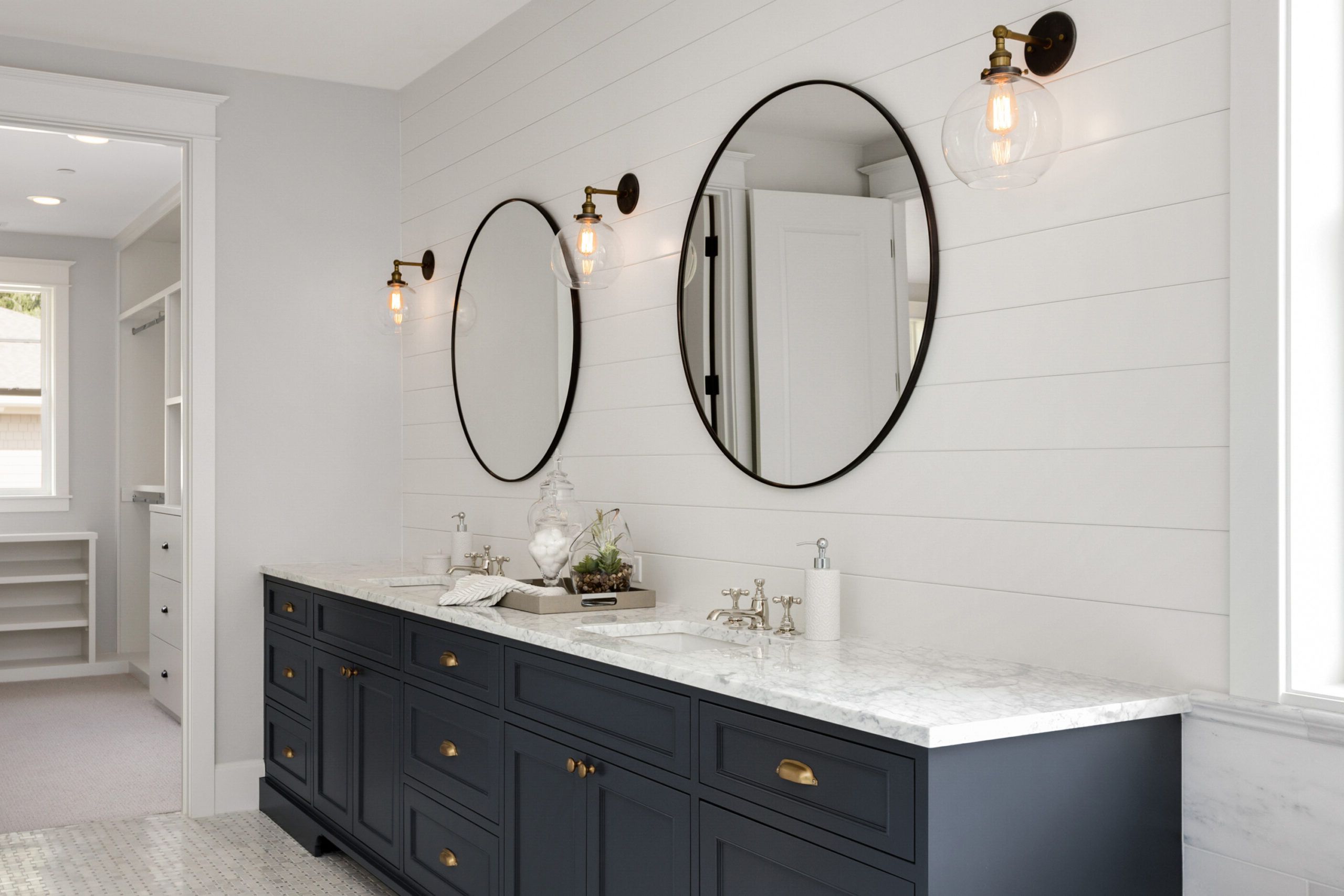
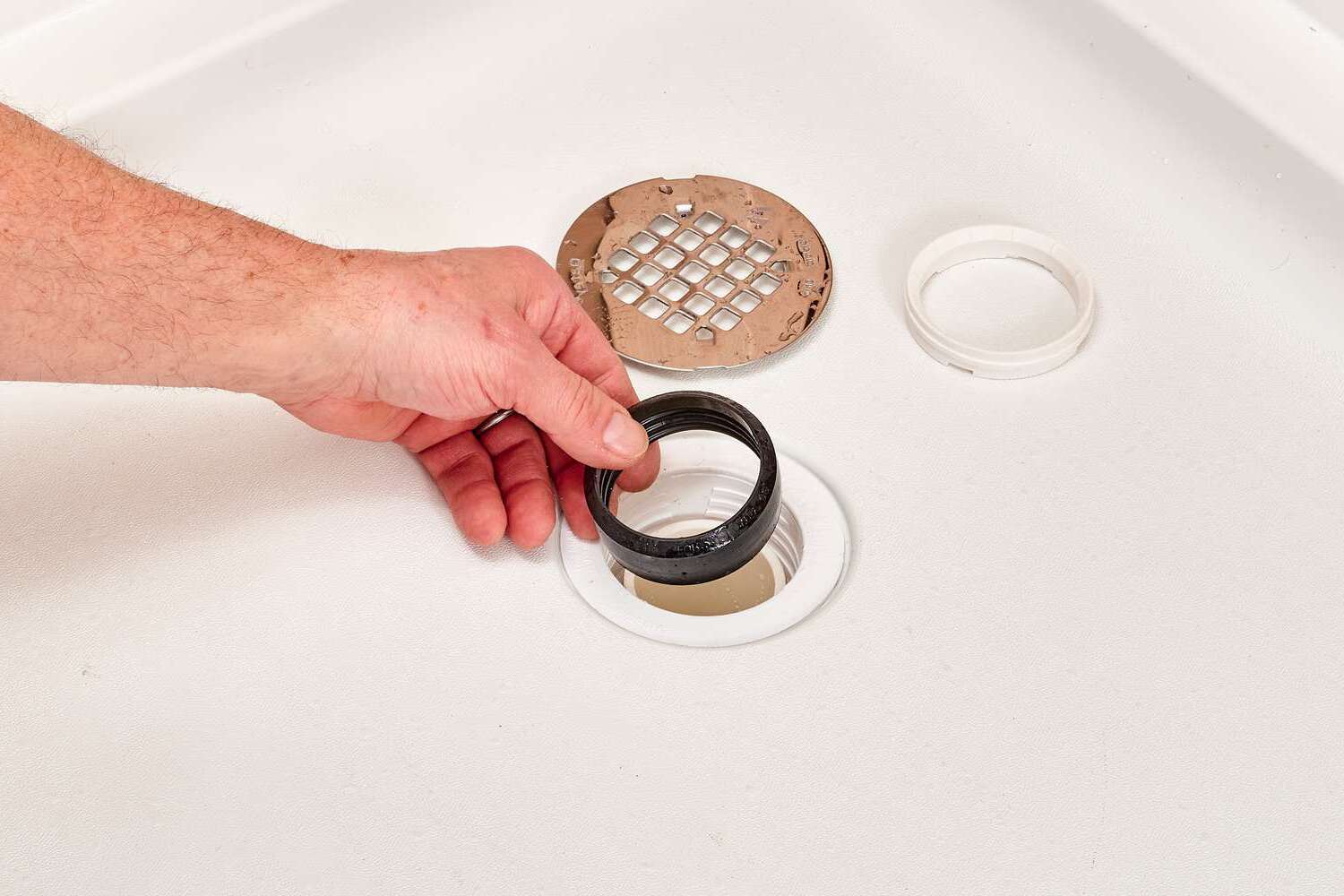

0 thoughts on “How to Choose and Install the Right Bathroom Fan with a Motion Sensor”